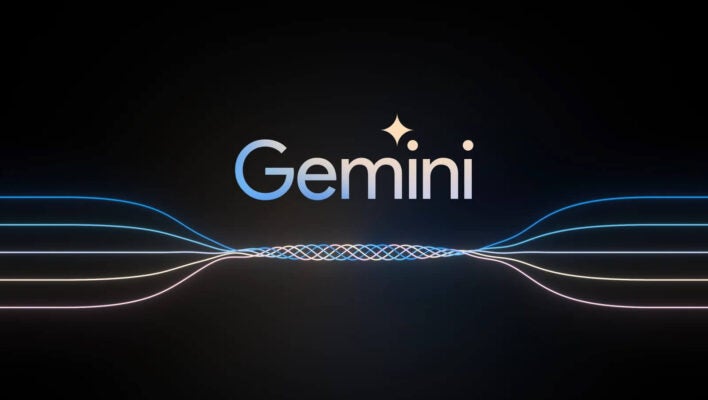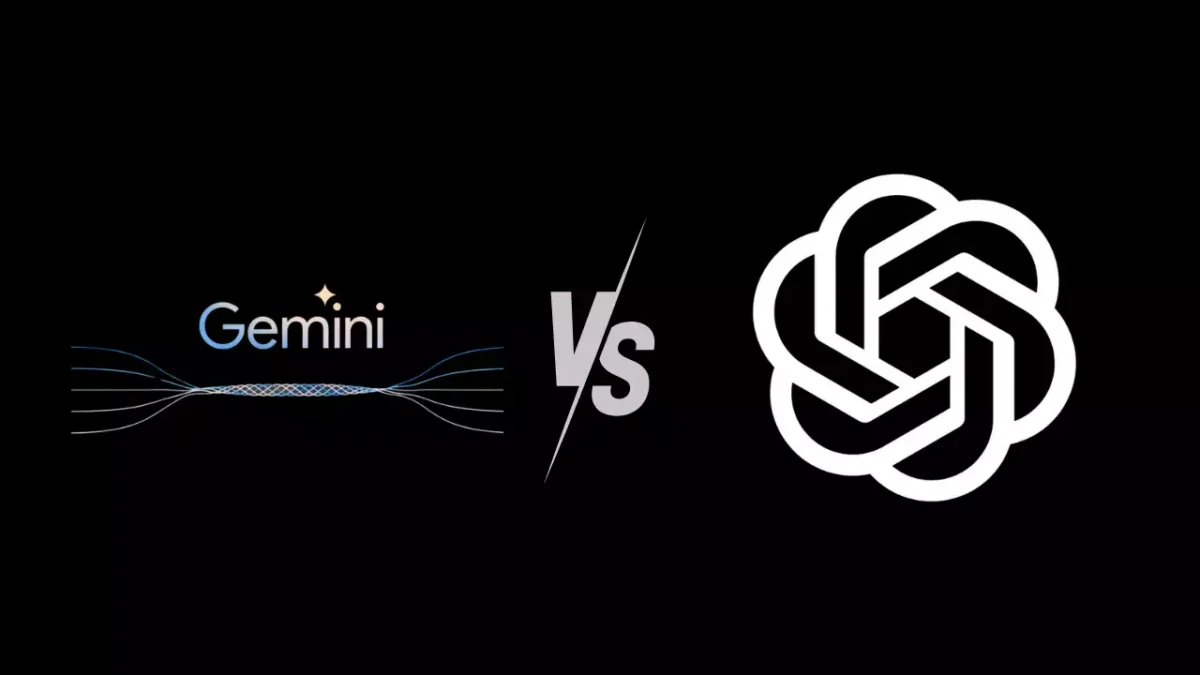1. Gemini Overveiw:
- Developed by Google DeepMind, Gemini is a new AI model designed to compete with OpenAI’s ChatGPT.
- It falls under the category of “generative AI” that learns from input training data to generate various forms of data such as text, images, audio, and video.
2. Gemini vs ChatGPT:
- While ChatGPT is a Large Language Model (LLM) primarily focused on text generation, Gemini is a “multi-modal model” capable of handling text, images, audio, and video inputs and outputs.
- Google’s earlier conversational web app, Bard, was based on LaMDA, but it is now being upgraded with Gemini.
3.GPT-4Vision vs. Gemini:
- OpenAI introduced GPT-4Vision in September, capable of working with images, audio, and text.
- Unlike Gemini, GPT-4Vision is not fully multimodal, as it relies on separate models like Whisper for audio and Dall-E 2 for images.
4.Gemini’s Natively Multimodal Design:
- Gemini is designed to be “natively multimodal,” meaning its core model directly handles various input types (audio, images, video, and text) and outputs them as well.
5.Gemini Versions:
- The publicly available version, Gemini 1.0 Pro, is considered less advanced than GPT-4 and shares more similarities with GPT 3.5.
- Google announced a more powerful version, Gemini 1.0 Ultra, claiming it surpasses GPT-4, but independent validation is pending as Ultra has not been released.
- Google released a demonstration video showcasing Gemini’s interactive and fluid commentary on a live video stream. However, its actual performance compared to GPT-4 remains uncertain, and the video is noted for being somewhat deceptive.

Benifits
I will gladly rewrite the text to make it clearer and correct any spelling, grammar, and punctuation errors. As reported by Bloomberg, the video demonstration of Gemini by Google was not done in real-time. The model had been trained on specific tasks beforehand, such as the three cups and ball trick. To achieve this, it had been given a sequence of still images featuring the presenter’s hands on the cups being swapped. Despite this limitation, I believe that Gemini and other large multimodal models represent an exciting step forward for generative AI. These models have a lot of potential because they can use different types of data, such as images, audio and videos, as training data. This allows models like Gemini to develop advanced internal representations of physical phenomena, such as movement, gravity and causality. Gemini represents a significant competitor to OpenAI’s GPT models, which have been dominant in the past year. OpenAI is likely to be working on GPT-5, which will probably also be a multimodal model and demonstrate new capabilities. In the future, I hope to see the emergence of large, open-source and non-commercial multimodal models. Google has announced a version of Gemini called Gemini Nano, which is lightweight and can run directly on mobile phones. Lightweight models can reduce the environmental impact of AI computing and have privacy benefits.
